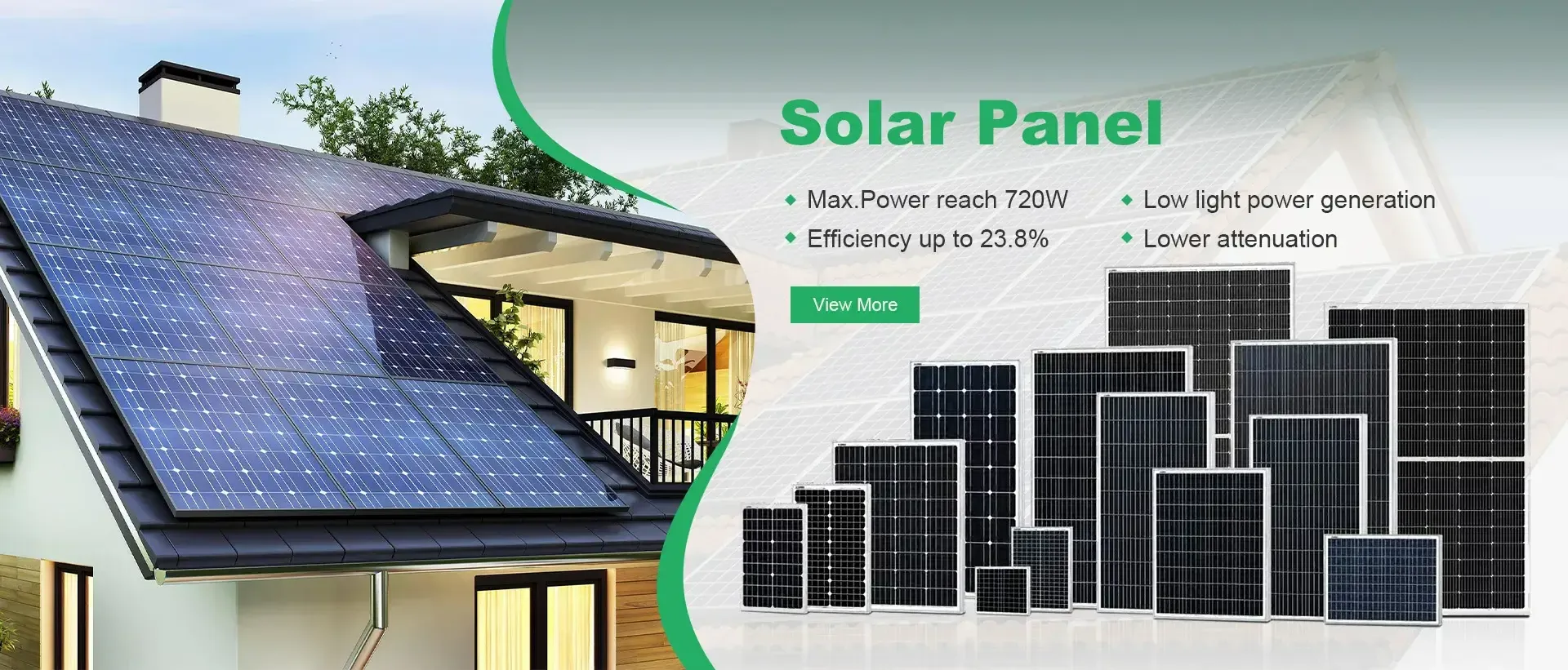Optimal Design Strategies for Efficient Photovoltaic Power Generation Systems
The Rise of Photovoltaic Power Stations A Sustainable Energy Future
As the world grapples with the pressing challenges of climate change and energy sustainability, photovoltaic (PV) power stations have emerged as a promising solution. These facilities, which harness solar energy through the conversion of sunlight into electricity using solar panels, are becoming increasingly prevalent around the globe. In this article, we will explore the significance of photovoltaic power stations, their operational mechanisms, benefits, and the future of solar energy in the context of a sustainable world.
Understanding Photovoltaic Power Stations
Photovoltaic power stations utilize various configurations of solar panels, inverter systems, and balance-of-system components to generate electricity. At the core of the process are solar cells, which are typically made from silicon or other semiconductor materials. When sunlight strikes these cells, it excites electrons, creating an electric current. This direct current (DC) electricity is then converted into alternating current (AC) electricity by inverters, making it usable for households, businesses, and larger electrical grids.
Photovoltaic power stations can vary in size, from small rooftop installations to expansive utility-scale solar farms that cover hundreds of acres. They can be located in diverse settings, including urban areas, rural landscapes, and even desert regions, taking advantage of large land spaces with high solar exposure.
The Benefits of Photovoltaic Power Stations
1. Environmental Impact One of the most significant benefits of PV power stations is their minimal environmental impact. Unlike fossil fuel power plants, which emit greenhouse gases and harmful pollutants, solar energy is clean and renewable. As such, increasing the number of photovoltaic power stations contributes significantly to reducing carbon emissions and combating global warming.
2. Energy Independence Photovoltaic power stations can enhance energy security and independence. By investing in solar infrastructure, countries can reduce their reliance on imported fuels, which are often subject to volatile markets and geopolitical tensions. In turn, this fosters greater energy resilience and local economic growth.
3. Job Creation The growth of the solar energy sector has positive economic implications. The establishment and operation of PV power stations create a multitude of jobs, from manufacturing solar panels to installation and maintenance. This job creation is especially beneficial in rural or underserved communities.
photovoltaic power station

4. Low Operating Costs Once installed, photovoltaic power stations have relatively low operating costs. Solar panels require minimal maintenance, and the price of solar technology has decreased significantly in recent years. As efficiency improves and production scales up, the cost of solar energy continues to decrease, making it one of the most economically viable energy sources available.
5. Technological Advancements The advancement of technology in the photovoltaic sector has led to increased efficiency and greater energy output. Innovations such as bifacial solar panels, solar tracking systems, and improvements in battery storage are enhancing the capabilities of photovoltaic power stations, making them more competitive against traditional energy sources.
Challenges Facing Photovoltaic Power Stations
Despite the numerous advantages, photovoltaic power stations face several challenges. The intermittency of solar energy, which depends on weather conditions and time of day, necessitates the development of effective energy storage solutions. Grid integration is another critical aspect; expanding infrastructure is essential to accommodate the growing influx of renewable energy sources.
The Future of Photovoltaic Power Stations
Looking ahead, the future of photovoltaic power stations appears bright. As governments and private sectors increase investments in renewable energy, the role of solar power is set to grow exponentially. Initiatives to promote sustainability, such as international agreements on climate action, further underscore the importance of transitioning to renewable energy sources.
Moreover, innovations in technology, such as perovskite solar cells and floating solar farms, promise to enhance the efficiency and scalability of solar energy production. With continued advancements and public support, photovoltaic power stations will play a crucial role in developing a sustainable energy landscape, ensuring a cleaner and healthier planet for future generations.
In conclusion, photovoltaic power stations stand at the forefront of the renewable energy revolution. Their capacity to provide clean, sustainable energy while contributing to economic growth and job creation makes them an invaluable asset in the fight against climate change. As society transitions towards a greener future, the expansion and investment in photovoltaic technology will be pivotal in reshaping our energy landscape for the better.
-
String Solar Inverter: The High-Efficiency Solution for Smart Solar EnergyNewsJul.14,2025
-
Revolutionizing Rooftop Energy with the Power of the Micro Solar InverterNewsJul.14,2025
-
Power Independence with Smart Off Grid Solar Inverter SolutionsNewsJul.14,2025
-
On Grid Solar Inverter: Powering the Future with Smart Grid IntegrationNewsJul.14,2025
-
Monocrystalline Solar Panels: High-Efficiency Power for the Future of Clean EnergyNewsJul.14,2025
-
Bifacial Solar Panel: A Smarter Investment for Next-Generation Energy SystemsNewsJul.14,2025







